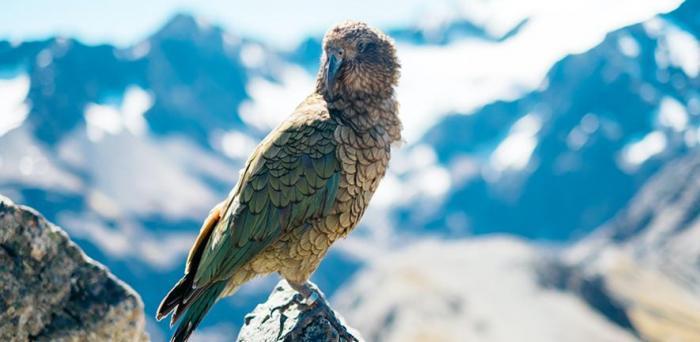Researchers at the University of Cambridge have combined reconstructions of the Earth’s changing surface elevations over the past three million years with data on climate change over this timeframe, and with bird and mammal species’ locations. Their results reveal how species evolved into new ones as land elevation changed - and disentangle the effects of elevation from the effects of climate.
The study found that the effect of elevation increase is greater than that of historical climate change, and of present-day elevation and temperature, in driving the formation of new species – ‘or speciation’.
In contrast to areas where land elevation is increasing, elevation loss was not found to be an important predictor of where speciation happens. Instead, present-day temperature is a better indicator of speciation in these areas.
The results are published in the journal Nature Ecology and Evolution.
“Often at the tops of mountains there are many more unique species that aren’t found elsewhere. Whereas previously the formation of new species was thought to be driven by climate, we’ve found that elevation change has a greater effect at a global scale,” said Dr Andrew Tanentzap in the University of Cambridge’s Department of Plant Sciences, senior author of the paper.
Image: Wild Kea, New Zealand
Credit: Pablo Heimplatz on Unsplash
Reproduced courtesy of the University of Cambridge
